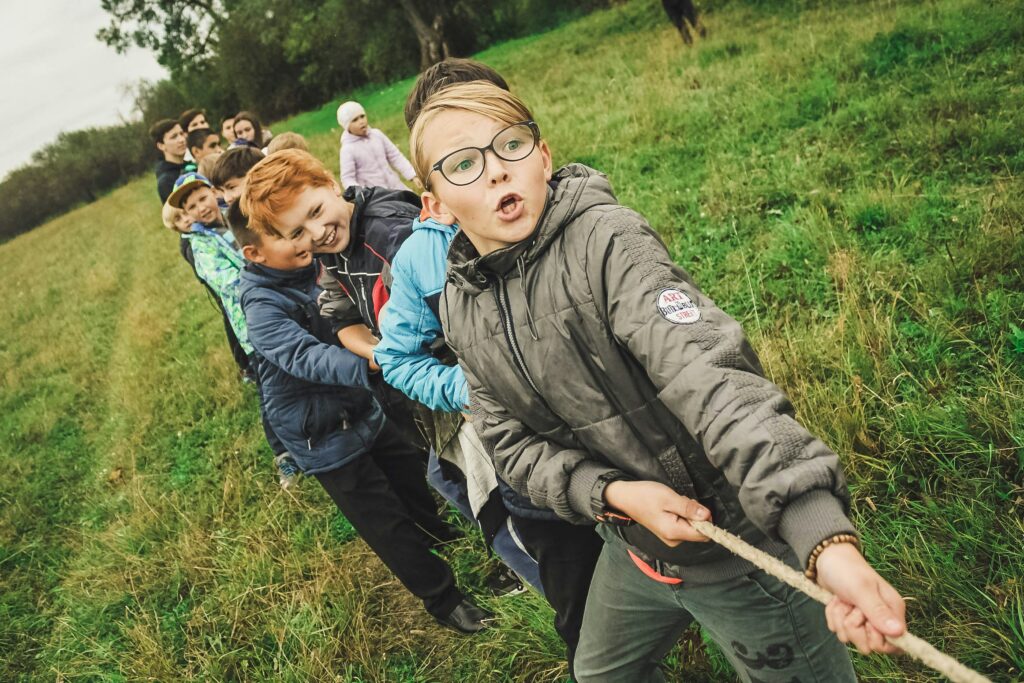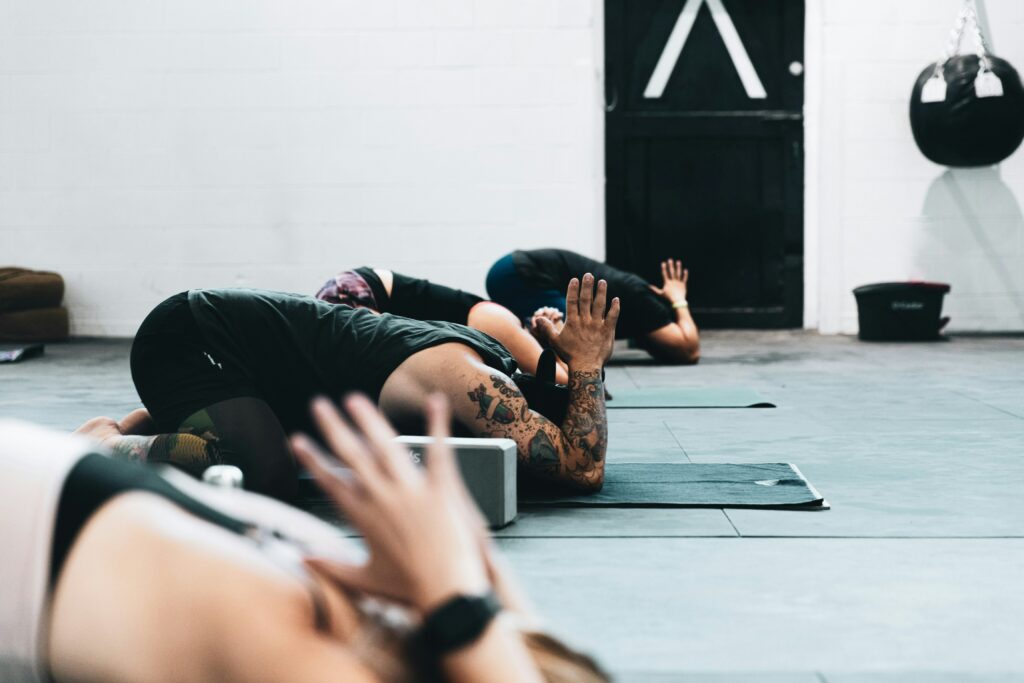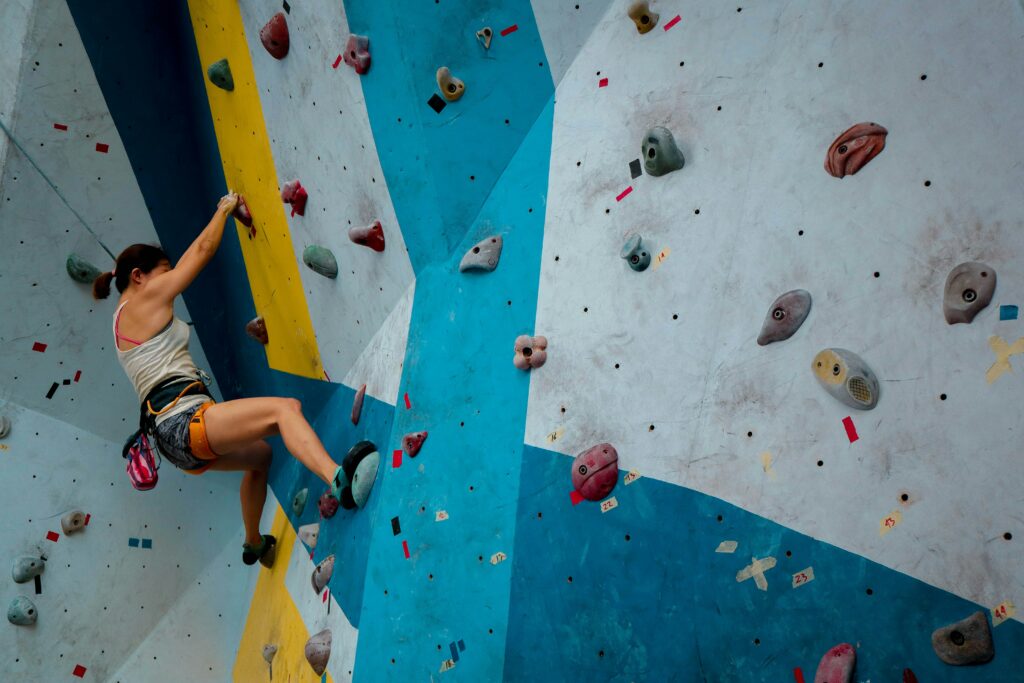Applying UDL Principles in Physical and Health Education

The Universal Design for Learning (UDL) framework promotes inclusive environments by engaging students, representing concepts in diverse ways, and encouraging active participation.
Engagement:
Engagement is all about creating activities that promote teamwork over competition. Games like tug-of-war or relay races lend themselves to collaboration, ensuring students of all skill levels can participate without feeling singled out.
Representation:
Representation involves presenting concepts in multiple ways to deepen understanding. For example, students can analyze the biomechanics behind movements like running or throwing a ball. I once practiced juggling in gym class—it was challenging but engaging, making us think critically while having fun.
Action and Expression:
Hands-on learning helps students solidify knowledge. Peer teaching, such as leading a yoga session or demonstrating a skill, enhances knowledge and communication skills. These real-world applications extend learning beyond the classroom.
When information is structured in this way, people are more likely to engage with learning.
The BC Curriculum

The BC curriculum aims to help students develop an understanding of what physical health means for them and adopt an active lifestyle for life. This approach can be implemented by creating an outline that addresses both physical and mental well-being. For example, educators can organize yoga or games to promote movement, host nutrition/cooking workshops and other activities to educate students on how to create a balanced lifestyle.
Using the Comprehensive School Health approach to foster healthier communities
The Comprehensive School Health (CSH) approach recognizes that physical, emotional, social, and mental well-being are essential for effective learning. This framework promotes a healthier community and environment by emphasizing the importance of maintaining overall well-being before tackling daily responsibilities like work or school.
To support this, schools and organizations can provide support groups, conduct mental health surveys, and provide resources that ensure students and employees prioritize their sleep, nutrition, and physical and mental health. When these aspects are neglected, cognitive performance suffers, making it challenging to learn effectively.
Personally, I find it incredibly challenging to solve complex math problems when I am hungry or tired. A powerful example of how neglecting one area of health impacts others is sleep. Research has long shown that inadequate sleep impairs cognitive function, memory retention, and overall well-being. The following infographic illustrates the profound effects of sleep deprivation on learning, mood, and physical health, reinforcing why prioritizing well-being is essential for success.
The Importance of Developing Physical Literacy

The Quality Dailty Physical Activity (QDPE) award standards give guidelines for what should be included in physical literacy and ideas for the following:
Measuring Activity:
Physical literacy frameworks allow you to measure and track individuals’ activity levels. They help you gain insight into key aspects such as frequency (how often to exercise), duration ( how long to exercise), and intensity (how hard to exercise).
By understanding these metrics, individuals can set realistic and effective activity goals.
Promoting Variety & Inclusivity in Movement
A key principle of physical literacy is incorporating diverse movement styles. Not everyone enjoys the same type of exercise, and having various options for people to explore increases the likelihood they will find an activity they like. The Ted Talk below illustrates how thinking of exercise as a form of self-care instead of punishment allows people to find more enjoyment in movement and stick with it long term.
Conclusion:
I think the most important points from these frameworks are:
- Physical activity should be simple, accessible and pleasurable for people of all ages.
- Overall well-being should be prioritized when it comes to education.
References:
https://www.heart.org/en/healthy-living/healthy-lifestyle/sleep/how-sleep-affects-health-infographic
https://www.med.upenn.edu/csi/the-impact-of-sleep-on-learning-and-memory.html
https://udlguidelines.cast.org/
https://curriculum.gov.bc.ca/curriculum/physical-health-education
https://phecanada.ca/community/quality-daily-physical-education-award-program/qdpe-award-standards
Leave a Reply